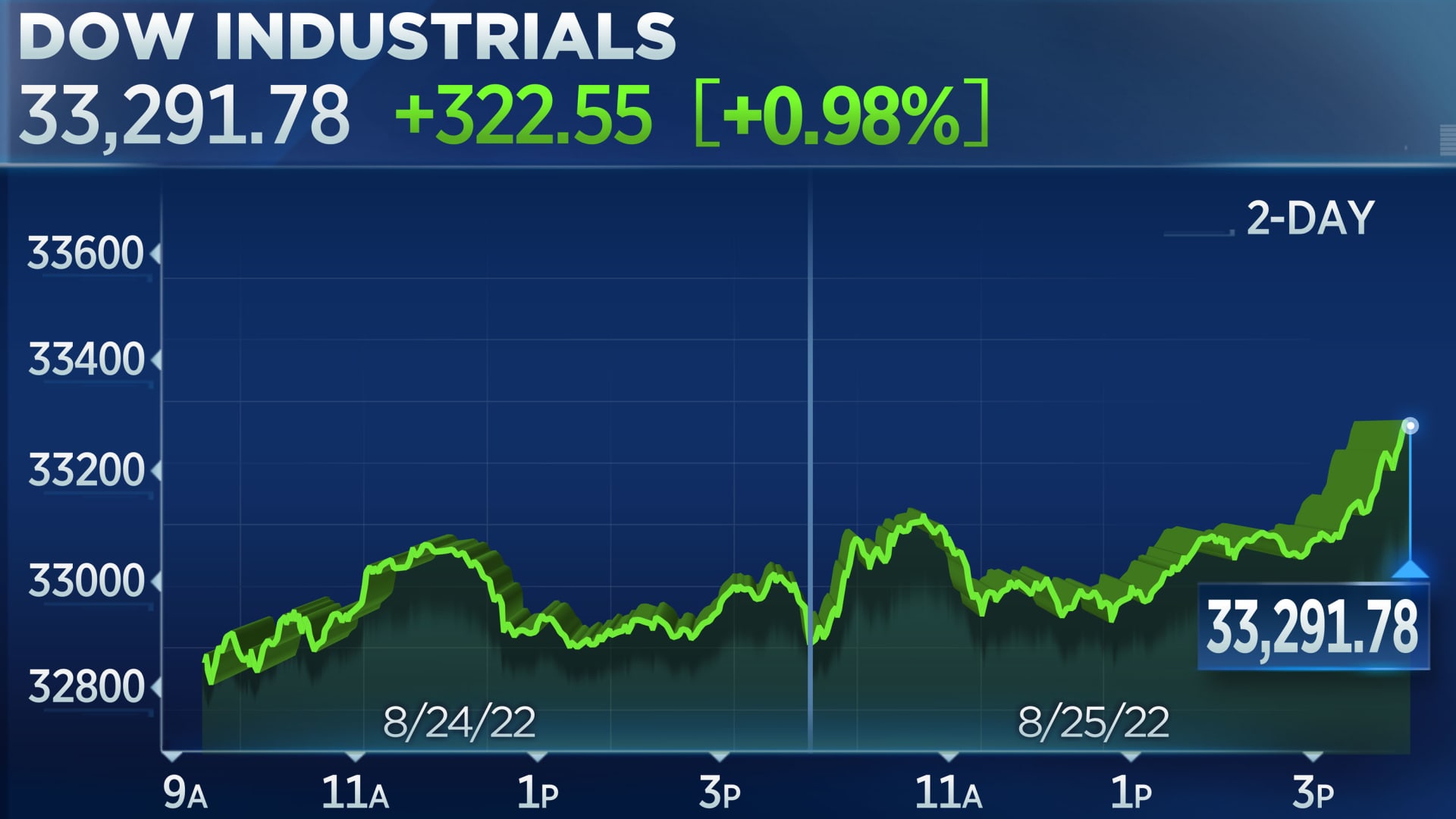The Dow Jones: A Comprehensive Guide To Understanding The Financial Giant
Ever wondered what all the fuss is about when people talk about the Dow Jones? Well, buckle up because we’re diving deep into one of the most iconic financial indices in the world. The Dow Jones isn’t just some random number flashing on Bloomberg; it’s a critical indicator of the health of the U.S. economy and global markets. So, whether you’re a seasoned investor or someone who’s just curious about how this whole stock market thing works, you’ve come to the right place.
Let’s face it, the world of finance can be overwhelming with its jargon and complex numbers. But don’t worry, we’re here to break it down for you in a way that’s easy to digest. The Dow Jones Industrial Average, or simply “the Dow,” is more than just a barometer for market performance. It’s a reflection of economic trends, corporate success, and even geopolitical events. By the time you finish reading this, you’ll have a solid grasp of why it matters and how it impacts your financial well-being.
Now, before we dive into the nitty-gritty, let’s set the stage. The Dow Jones isn’t just a single entity; it’s a family of indices that track different segments of the economy. From industrial giants to transportation companies, there’s a lot going on under the Dow Jones umbrella. So, if you’ve ever wondered how these numbers are calculated, what they represent, and why they matter, this article’s got you covered. Let’s get started!
What Exactly is the Dow Jones?
The Dow Jones is essentially a stock market index that represents the performance of 30 large, publicly traded companies in the United States. Think of it as a snapshot of how the biggest and most influential companies are doing. But here’s the kicker—it’s not just about stocks. The Dow reflects broader economic trends, from consumer spending to industrial production. It’s like the economy’s mood ring, but way more reliable.
A Brief History of the Dow
Back in 1896, a guy named Charles Dow came up with the idea of tracking a select group of companies to gauge the overall health of the economy. Fast forward to today, and the Dow Jones Industrial Average has become one of the most closely watched financial indicators worldwide. Over the years, the companies included in the index have changed to reflect shifts in the economy. For instance, tech giants like Apple and Microsoft are now part of the club, replacing old-school industrial firms.
Here’s a quick timeline to give you some context:
- 1896: The Dow Jones Industrial Average is born with just 12 companies.
- 1916: The index expands to 20 companies.
- 1928: The Dow grows to its current size of 30 companies.
- 2020: Salesforce and Amgen join the Dow, replacing ExxonMobil and Pfizer.
Why Does the Dow Jones Matter?
Here’s the deal: the Dow Jones matters because it’s a proxy for the U.S. economy. When the Dow is up, it usually means businesses are doing well, consumers are spending, and the overall economic outlook is positive. Conversely, when the Dow takes a nosedive, it could signal trouble ahead. Investors, economists, and even policymakers keep a close eye on the Dow to make informed decisions.
But here’s the thing—it’s not just about the numbers. The Dow’s performance can influence everything from job creation to interest rates. For example, if the Dow is on a winning streak, companies might feel more confident investing in new projects, which can lead to job growth. On the flip side, a prolonged downturn could lead to layoffs and economic uncertainty.
Who Uses the Dow Jones?
A lot of people, actually. Investors use it to gauge market sentiment and make buying or selling decisions. Economists analyze it to understand broader economic trends. Even everyday folks like you and me might look at the Dow to see how our retirement accounts are doing. It’s like a financial weather forecast, giving everyone a heads-up on what to expect.
How is the Dow Calculated?
Alright, let’s get technical for a moment. The Dow Jones Industrial Average is calculated by adding up the stock prices of the 30 companies in the index and dividing the total by a divisor. This divisor accounts for things like stock splits and changes in the index’s composition. The result is a single number that represents the overall performance of the group.
Now, you might be wondering why they don’t just average the prices. Well, that’s because stock splits and other corporate actions can skew the numbers. The divisor ensures that the index remains consistent over time, even as companies come and go. It’s like having a cheat code to keep everything in check.
The Components of the Dow
As of 2023, the Dow includes some of the biggest names in business, spanning various industries. Here’s a snapshot of the current members:
- Apple
- Microsoft
- Johnson & Johnson
- Walmart
- Coca-Cola
- Disney
- Boeing
- and more!
These companies are carefully selected by a committee to ensure the index accurately reflects the U.S. economy. So, if you’re wondering why Tesla isn’t part of the Dow yet, it’s because the committee hasn’t deemed it a good fit… yet.
Understanding the Dow’s Impact on the Economy
Let’s talk about the big picture. The Dow Jones isn’t just a number on a screen; it’s a powerful tool that influences economic decisions. When the Dow is doing well, it can boost consumer confidence, encourage spending, and even lead to higher stock prices. Conversely, a struggling Dow can lead to panic, market volatility, and economic slowdowns.
For example, during the 2008 financial crisis, the Dow plummeted, causing widespread panic and leading to a global recession. On the flip side, the Dow’s record-breaking highs in recent years have been a sign of a strong economy, driving optimism and investment.
How the Dow Affects You
Even if you’re not an investor, the Dow can still impact your life. If you have a retirement account, chances are it’s tied to the stock market in some way. When the Dow is up, your account balance might grow. But if it tanks, you could see a dip in your savings. It’s like having skin in the game, whether you realize it or not.
Common Misconceptions About the Dow
There are a few myths floating around about the Dow Jones that we need to clear up. First off, the Dow isn’t representative of the entire stock market. It only includes 30 companies, which is a tiny fraction of the thousands of publicly traded firms. Second, the Dow isn’t immune to manipulation. While it’s rare, corporate actions like stock buybacks can artificially inflate the index.
Lastly, the Dow isn’t a crystal ball. While it can provide insights into economic trends, it can’t predict the future. So, don’t make life-changing decisions based solely on what the Dow is doing today. It’s one piece of the puzzle, not the whole picture.
What the Experts Say
According to financial analysts, the Dow is still a valuable tool, but it shouldn’t be the only metric you rely on. Diversification is key, whether you’re talking about stocks, bonds, or even real estate. Experts also caution against overreacting to short-term fluctuations in the Dow. Instead, focus on long-term trends and strategies that align with your financial goals.
The Future of the Dow Jones
So, where is the Dow headed? That’s the million-dollar question, isn’t it? While no one can predict the future with certainty, there are a few factors to consider. The rise of technology companies in the Dow suggests a shift toward a more digital economy. Additionally, global events like climate change and geopolitical tensions could influence the index in unexpected ways.
One thing’s for sure: the Dow will continue to evolve. As new industries emerge and old ones fade, the index will adapt to reflect the changing landscape. It’s a living, breathing indicator of the economy, and that’s what makes it so fascinating.
How to Stay Informed
Staying up-to-date on the Dow Jones is easier than ever with the help of news outlets, financial apps, and social media. Whether you prefer reading articles, watching videos, or scrolling through tweets, there’s no shortage of information available. Just remember to stick to reputable sources and avoid getting caught up in hype or misinformation.
Conclusion: What You Need to Know About the Dow Jones
Alright, let’s recap. The Dow Jones Industrial Average is a powerful indicator of the U.S. economy and global markets. It’s made up of 30 influential companies and provides valuable insights into economic trends. While it’s not perfect, it’s a useful tool for investors, economists, and everyday folks alike.
Here’s what you should take away:
- The Dow reflects the performance of 30 major U.S. companies.
- Its movements can impact consumer confidence, spending, and investment.
- It’s not the only metric to consider, but it’s an important one.
- Stay informed and focus on long-term strategies.
Now, here’s the call to action: share this article with a friend who might find it helpful. Leave a comment below with your thoughts on the Dow. And if you’re feeling adventurous, explore some of the resources mentioned to learn even more about the world of finance. After all, knowledge is power, and the more you know, the better prepared you’ll be for whatever the market throws your way.
Table of Contents
- What Exactly is the Dow Jones?
- A Brief History of the Dow
- Why Does the Dow Jones Matter?
- Who Uses the Dow Jones?
- How is the Dow Calculated?
- The Components of the Dow
- Understanding the Dow’s Impact on the Economy
- How the Dow Affects You
- Common Misconceptions About the Dow
- The Future of the Dow Jones

Dow Janes Review Is It a Scam or Legit?

Dow Janes Reviews GG Money Online

Dow closes 300 points higher, extends rally to second day ahead of